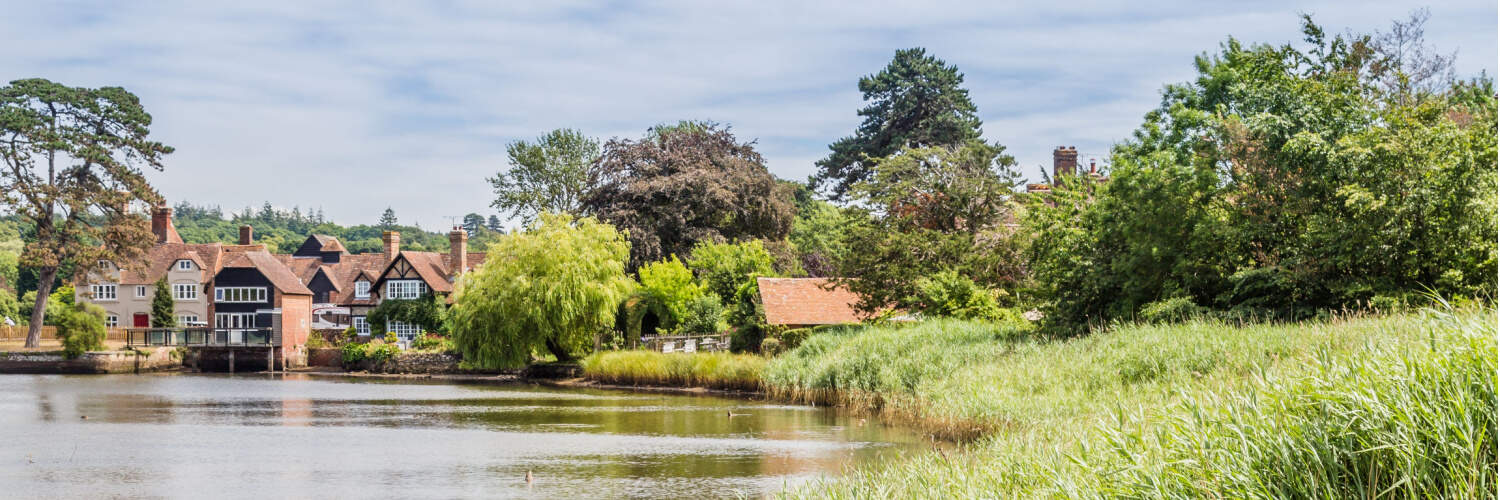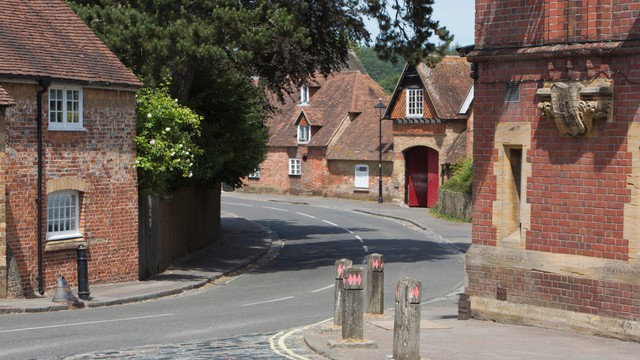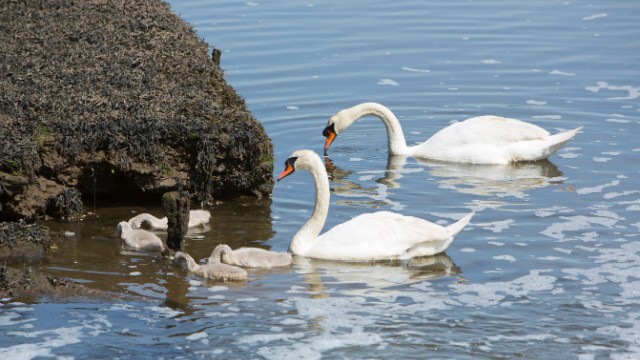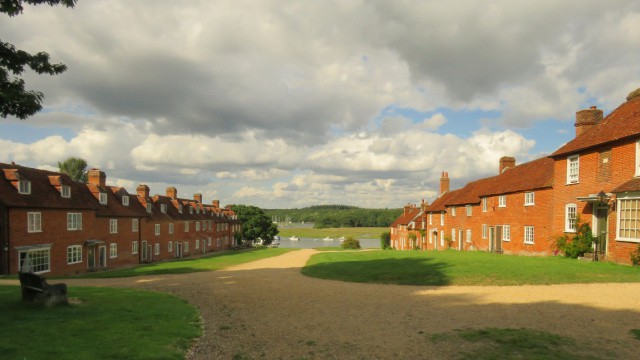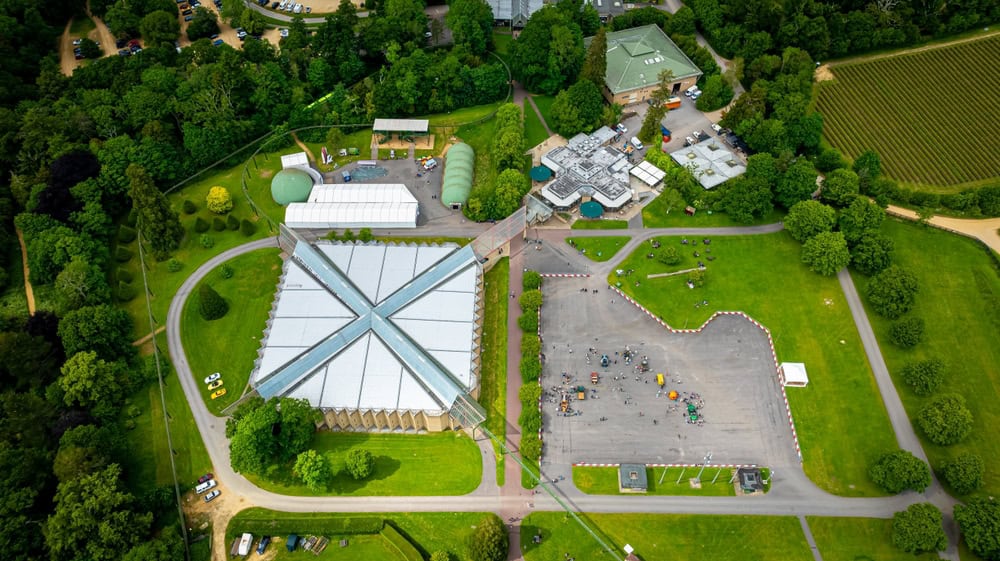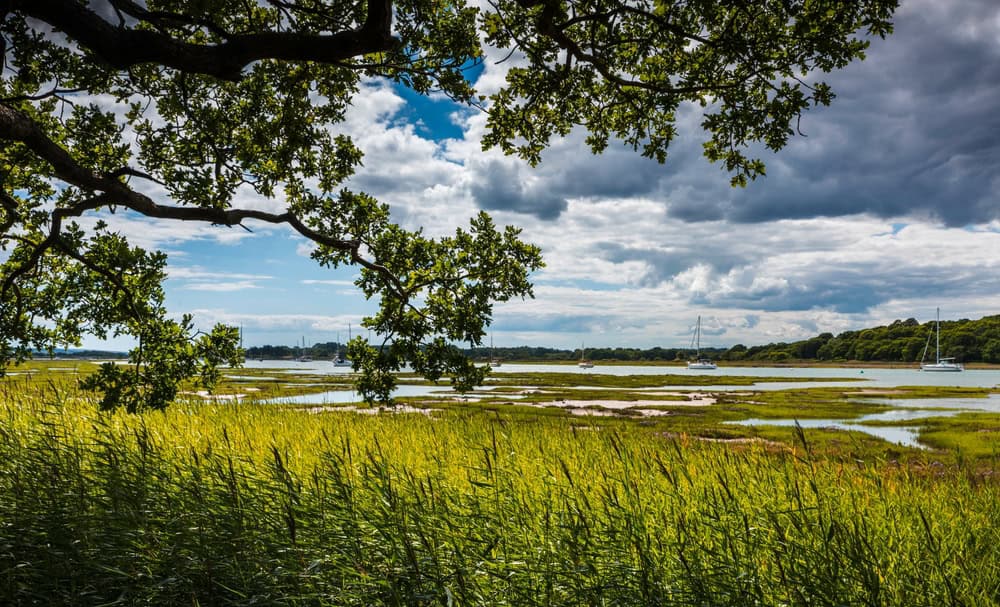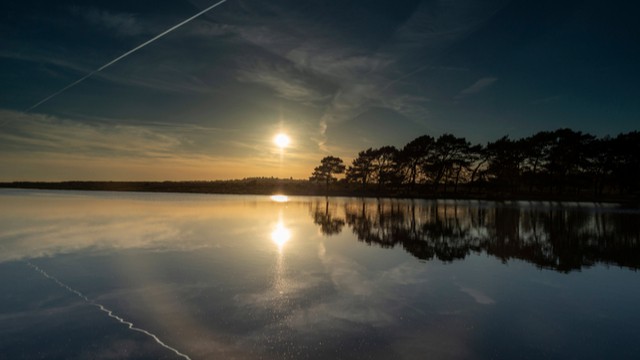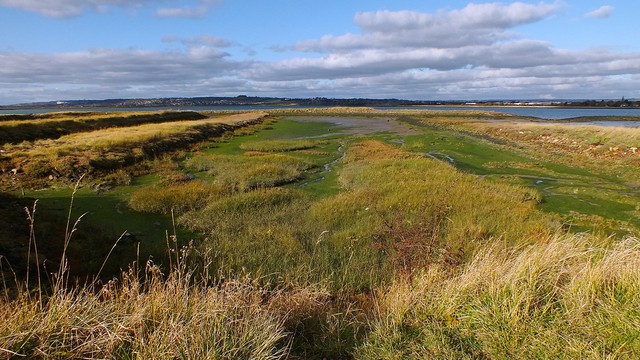Directions To The Anchor Inn From Beaulieu
Set on a quiet country road in the heart of Hampshire and surrounded by rolling green fields, The Anchor Inn is a true countryside dining room with luxurious ensuite bedrooms, that offers the perfect place to get away from it all.
To reach The Anchor Inn from Beaulieu, you must head north on Hatchet Lane (B3054) and continue for approximately 1 mile. Turn right onto North Lane for 1 mile and then continue onto Beaulieu Road. Continue onto Twiggs Lane and then turn left onto Marchwood By-Pass (A326) and continue for 2.5 miles.
Use the left 2 lanes to turn left to merge onto Main Road (A35) towards Southampton and then, at the roundabout, take the 1st exit onto Totton Bypass (A35). After 1 mile, take the M271 slip road to M27/London/The Midlands/Winchester/Portsmouth/Bournemouth.
At Redbridge Roundabout, take the 2nd exit onto M271 heading to The Midlands/London/Winchester/Portsmouth/M27/The W/Salisbury/Bournemouth/Nursling Industrial Estate. At the next roundabout, take the 3rd exit onto the M27 slip road to London/Midlands/Winchester/Portsmouth/M3.
Merge onto M27 and continue for 2 miles and then, at junction 4, use the left 2 lanes to merge onto M3 towards The Midlands/London/Winchester. Continue for approximately 8 miles and then, at junction 10, take the B3330/A31 exit to Winchester/Alton.
At Bar End Roundabout, take the 3rd exit onto A31 and then, t Chilcomb Roundabout, take the 2nd exit onto St Catherines Way (A31). At Spitfire Roundabout, take the 2nd exit onto Petersfield Road (A31) and then, at Percy Hobbs Roundabout, take the 3rd exit onto Alresford Road (A31).
At the next roundabout, take the 2nd exit onto A31 and continue for 3 miles, then take the 2nd exit at the next roundabout and continue for 6.5 miles. At Chawton Roundabout, take the 2nd exit and stay on A31 for 3 miles and then, at the next roundabout, take the 2nd exit and stay on A31 for a further 3 miles.
Take the exit towards Bentley/Long Sutton/Lower Froyle/Crondall/Well and then turn left onto Isington Lane. Turn left at London Road before making 2 left turns in quick succession and you will find The Anchor Inn on your right.



